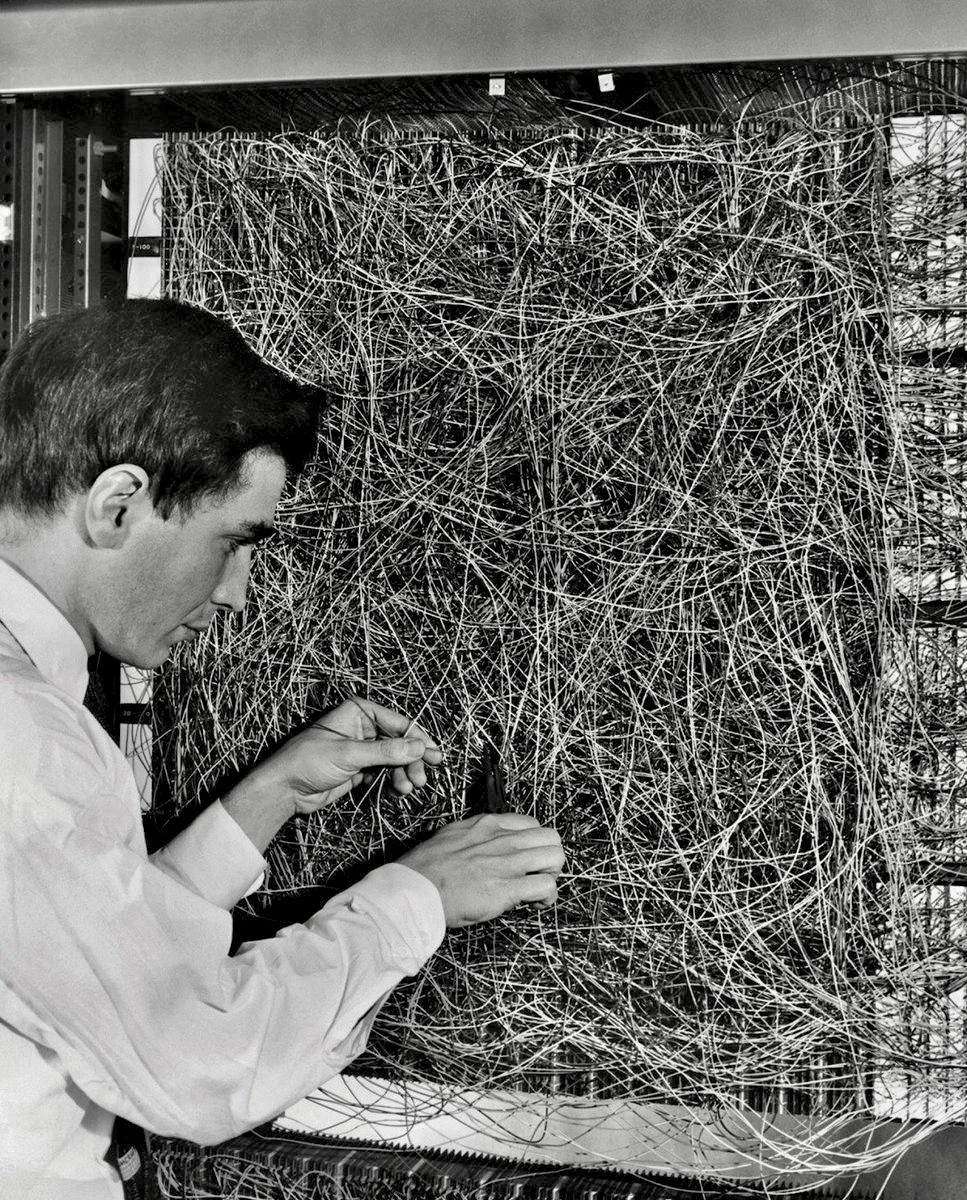Computer vision, an interdisciplinary field that focuses on enabling computers to acquire, analyze, and interpret visual information, has evolved significantly over the years. In this article, we will explore the early beginnings of computer vision, tracing its roots and notable milestones until the late 1970s.
The Birth of Computer Vision:
Computer vision's journey began in the late 1950s and early 1960s when researchers started exploring the possibilities of teaching machines to understand visual data. At that time, computers were bulky and had limited processing capabilities, posing considerable challenges for image analysis.
The First Steps:
In 1959, Frank Rosenblatt, an American psychologist and computer scientist, invented the Perceptron, a type of artificial neural network. This groundbreaking development laid the foundation for machine learning algorithms used in computer vision applications. The Perceptron aimed to mimic the functioning of the human brain, allowing machines to recognize and classify visual patterns.
Early Breakthroughs:
During the 1960s, computer vision research gained momentum. In 1963, MIT professor Larry Roberts developed a computer system capable of recognizing simple shapes and objects in images, marking a significant advancement in computer vision capabilities.
Pattern Recognition and Image Processing:
In the 1970s, researchers focused on developing techniques for pattern recognition and image processing. The field witnessed the emergence of algorithms capable of detecting edges, lines, and contours in images, forming the basis for more advanced image analysis methods.
The Pioneers:
Prominent figures in computer vision during this period include David Marr, a British neuroscientist, who proposed the computational theory of vision, emphasizing the importance of different levels of image processing. Marr's theories laid the groundwork for subsequent research in computer vision.
Computer Vision Applications:
By the late 1970s, computer vision applications started to emerge in various domains. The development of computer vision systems for industrial automation, medical imaging, and character recognition showcased the potential of this field to revolutionize several industries.
 APPOINTMENT
APPOINTMENT
